SuperLearner Spotlight: Richard Feynman
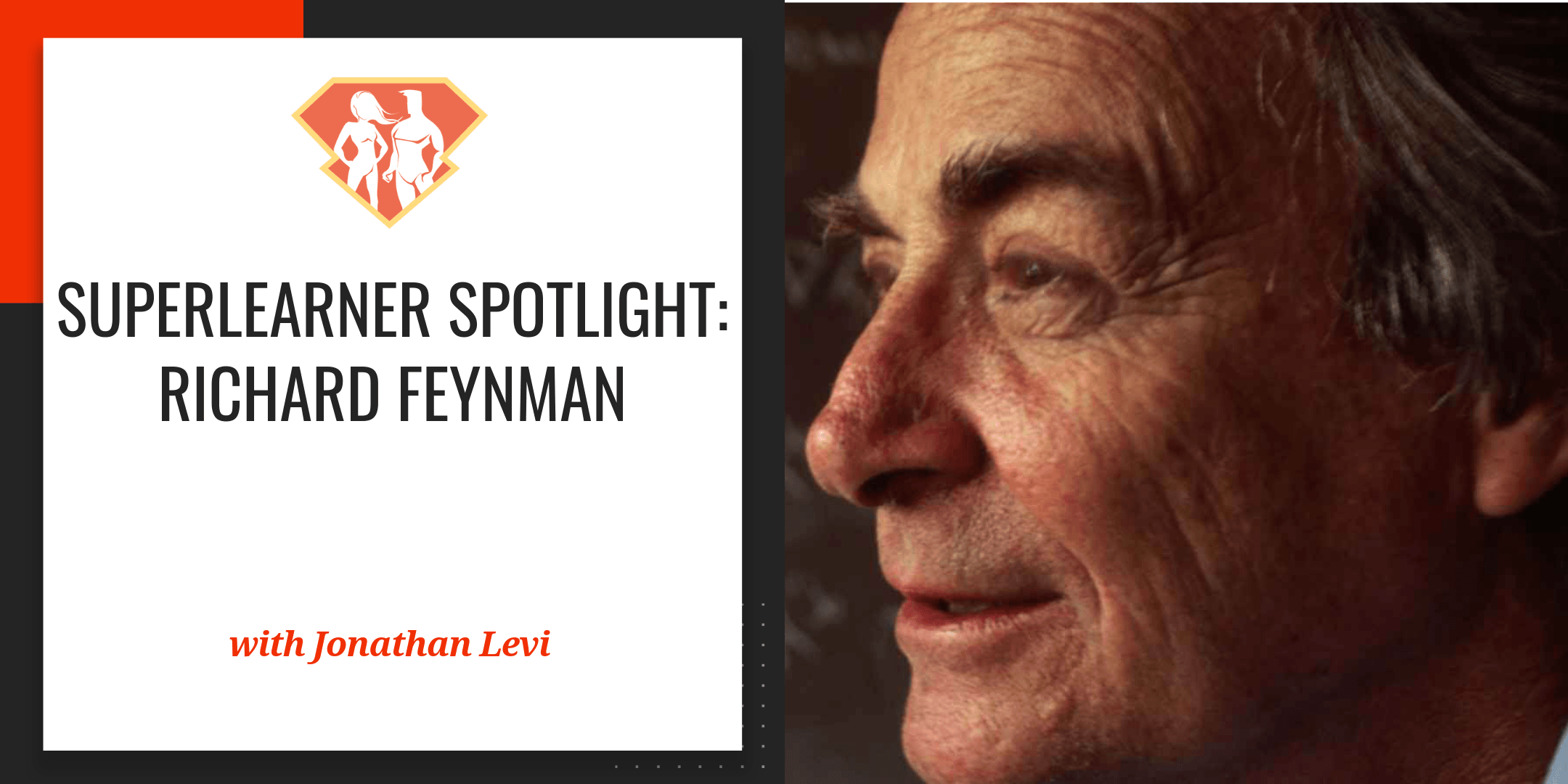
Greetings, SuperFriends!
Welcome to a special episode of the Becoming SuperHuman podcast. I'm calling this episode special because it's a little bit of a different format, once again.
If you guys liked the episode where I focused in and explored a specific skill, did a spotlight if you will, then you will really love this episode. The goal of this episode is to spotlight the life of a real-world SuperLearner. To try and understand what they did, how they did it, what the results were, and what kind of amazing life were they able to lead because of their incredible learning ability.
We get to start out with a SuperLearner that you may have never heard of, but I'm not gonna tell you just yet who it is. I want to know what you guys think of this episode because I so enjoyed reading the books by this individual, exploring their life and just being inspired by what they were able to accomplish.
I hope you guys enjoy it! If you guys do and if you guys want me to do more spotlights like this, I have to say they take a heck of a lot longer than interviewing. But, if you guys enjoy them, I'll be more than happy to do more of them, more spotlights on history's famous SuperLearners, and see what we can all learn from them.
So, without any further ado, let me present to you the first and maybe last SuperLearner spotlight.
-Jonathan Levi
One of the best ways to learn is by example.
As the years march forward and I teach more and more, I’ve realized that often times, a metaphor, analogy, or perfectly-timed example can be the difference between a student nodding and smiling and truly understanding.
This is applicable not only to small things – such as calculating curves in Algebra or understanding shapes in geometry – but also to very big things… Such as understanding and gaining benefit and insight from the life of another.
Allow me to explain.
People don’t often ask me to articulate what exactly I mean by the term “SuperLearner.” After all, the name is, I’d say, pretty self-explanatory.
With that said, on the rare occasion that they do, I find that any explanation I could offer usually comes up somewhat short.
“A SuperLearner is someone who understands and implements a seemingly impossible amount of knowledge from any number of fields, quickly and effortlessly.”
Big whup.
But, if I throw out a name or two…
“A SuperLearner is someone like Elon Musk, Tim Ferriss, or Leonardo Da Vinci. Someone who can dominate various fields of business, art, and life to make a lasting impact on the world around them in ways that others simply cannot.”
Well, now we’re talking.
That’s why, in this series, which, as with all ongoing projects on this podcast, could very well start and end here, I want to explore the life of a specific SuperLearner.
To summarize, analyze, and extract any wisdom possible from the example they’ve lived, in order to see not only how they did it, but also what the outcome was.
In short: I want to show you all what’s really possible when someone has the ability to learn, unlearn, and relearn a diverse set of skills and subjects, and apply it to their lives and their careers.

Join Jonathan for a completely free, 1-hour training seminar, where you'll learn the top 3 strategies to accelerate your learning and improve your memory!

This episode is brought to you by Organifi. Save 20% on their highly-recommended green juice products with coupon code “superhuman.”
Enter Richard Feynman
There are a great number of SuperLearners that I could choose from for this first exploration…
Indeed, history has had no shortage of truly great learners and leaders.
But rather than borrow from the list of “the obvious” – the Benjamin Franklin’s and Albert Einstein’s, I’d like to focus on a name that many of you probably have never heard of:
Theoretical physicist and Nobel Laureate Dr. Richard Feynman.
Richard Phillips Feynman was born on May 11th, 1918 in Queens, New York City, to Lucille and Melville Arthur Feynman, a homemaker, and a sales manager respectively. Though he would eventually go on to become a brilliant genius, it’s worth noting that Feynman, like Albert Einstein, developed verbal skills very late: in fact, his third birthday came and went without Feynman uttering even a single word.
In time, Feynman developed, and as a child immediately took an interest in science and engineering. From a very young age, he built and maintained a laboratory in his parents’ home, and delighted in fixing radios and other electronic devices.
Feynman would often design and develop his own types of inventions, including ham radios to contact foreign countries and an electronic burglar alarm system to detect when his parents had tampered with his laboratory.
By the age of 15, Feynman had taught himself trigonometry, advanced algebra, infinite series, analytic geometry, and both differential and integral calculus.
Up until this point, you might be thinking that all this is very impressive. Indeed, it’s plain to see that Feynman was a gifted genius and autodidact, right?
But, alas, he had only begun to strut his skills as a SuperLearner!
How Feynman applied SuperLearning to… relationships
Feynman went on to attend MIT, and would soon tackle a new and unique learning challenge: developing social and romantic skills.
In his autobiographical and hilarious book, Surely You Must Be Joking, Mr. Feynman, we discover another side of Feynman… as an astute and life-long student of human interactions, a social engineer, and an all-out mischievous prankster.
Early on, Feynman realized that his social skills, particularly with the fairer sex, were lacking. But rather than resolve himself, like so many people in the hard sciences, to accept this as a tradeoff, Feynman set out to learn everything he could about this perplexing and foreign field of interest.
From his first days at MIT, all the way through to adulthood, Feynman surrounded himself with mentors and set up various types of learning experiments and challenges to try and understand interpersonal relationships. From the looks of it, he was extremely successful: Not only did he have quite a few female companions and beloved friends throughout his life, ranging from elite socialites to Nobel-prize winning physicists, to celebrities and even prostitutes who treated him to drinks for the pleasure of his company… he was also married, and remarried, after the death of his wife.
Indeed, Feynman’s tales of his hilarious exploits paint the picture of someone who was well-liked by those around him, wherever he went, despite his early challenges and failure to understand social norms. As a reader, we are left with just one conclusion: Feynman took this as just another learning challenge, and like so many he would tackle in his life… he nailed it.
Applying learning skills to a great number of subjects
Indeed, even before Feynman went on to achieve greatness in his own field, he demonstrated an ability to apply his learning skill set to a great number of subjects. Feynman tells stories of how he was able to make an impact in a great many fields during his academic career, including biology, mathematics, engineering, and more.
In every situation he found himself in, Feynman was able to quickly understand the challenges and ground rules of a completely foreign discipline, and often times see things that the subject matter experts weren’t able to.
Indeed, Feynman once found himself giving a lecture on biology – a field completely unrelated to his own – at Harvard University. Another time, he welcomed as a lecturer on the subjects of Mayan codices, hieroglyphics, astrology, and mathematics at UCLA and Caltech. He even made crucial safety findings and corrections to the architectural floor plans of buildings used during the Manhattan Project. To quote Feynman, “There I was, being something I’m not, again!”
Fortunately for all of us, Feynman focused in on physics as his one true love, and by his senior year at MIT, was quickly becoming recognized as one of the leading thinkers in the field. In fact, his senior thesis, “The Forces In Molecules,” was published. Today, it is known as the Hellmann-Feynman Theorem.
After MIT, Feynman was awarded a Putnam Fellowship and scored an unprecedented perfect score on the entrance exams to Princeton University. He was admitted, despite prejudice among the administration over his Jewish roots.
To give a bit of perspective on just how brilliant Feynman was, his first seminar at Princeton, delivered in 1939, was attended by none other than Albert Einstein, Wolfgang Pauli, and John von Neumann.
Feynman's involvement in The Manhattan Project
Before that happened, though, the US became involved in World War II, and like most of the great minds of his generation, Feynman was compelled to help. He was recruited by Robert Oppenheimer, and though he was initially against contributing to the development of nuclear weapons, he was convinced by the realization that if the United States didn’t, then Nazi Germany would.
Compelled by this idea, Feynman agreed to move to Los Alamos to participate in The Manhattan Project. He had no formal degree; he was 23 years old.
Feynman’s time at Los Alamos was marked by a great many achievements, including a number of massive contributions to the way that calculations were performed. As the leader of his division, Feynman developed a procedure for completing complex mathematical calculations in tandem, increasing the number of calculations that could be completed in a given time period by three-fold.
Feynman was also sought out by famed physicist Niels Bohr, who acknowledged him as the only physicist with the wit (and the cajones) to poke holes in Bohr’s thinking. In his spare time, and in the absence of entertainment at Los Alamos, Feynman developed a number of other interesting skills. For one, he was also the only individual capable of setting up the state-of-the-art IBM machines, doing so weeks or months before IBM’s own technicians would arrive.
He also developed an aptitude for cryptography, using it to avoid government censorship of his communication to his bedridden wife. Always the prankster, Feynman figured out a number of methods for determining safe codes and lock combinations, and would routinely crack the safes and filing cabinets of pretty much everyone at Los Alamos. On more than one occasion, Feynman cracked sophisticated safes containing top-secret materials about the nuclear weapons program, leaving notes behind simply to demonstrate the weaknesses in the way things were being secured.
As we all know today, Feynman’s time at Los Alamos was a success; after the Trinity Nuclear Test, Feynman left The Manhattan Project, and went on to become a professor at Cornell University, and later, at Caltech.
More of Richard Feynman's accomplishments
You might think by now that Feynman had peaked. After all, how much more could one person contribute to the body of human knowledge after doing so much so early?
You’d be wrong.
Indeed, a life-long SuperLearner, Feynman continued to achieve and innovate not just in his field, but also in a great many unrelated fields, for the rest of his relatively short life.
In fact, despite his passing away at the early age of 69, Feynman’s list of accomplishments, creations, and ingenious endeavors is, quite literally, too long to list, and trying to describe them to you in any sort of comprehensive or chronological timeline has proven simply insurmountable.
So here are a few highlights, delivered in a haphazard and playful manner – just the way Feynman would have liked it.
After his undergraduate studies, Feynman spent a summer as the chief (and only) research scientist of the Metaplast Corporation, and single-handedly innovated and developed many of the processes used for metal plating plastics.
Feynman enjoyed a life-long love affair with the bongo drums and played them with great skill throughout his adult life. In fact, he often performed for local schools, appeared in a series of plays throughout California, and had his music recorded and used for training purposes by an accomplished ballet instructor – who competed on the world stage with it!
What’s more, even though Feynman couldn’t read music and claimed to be unable to carry a tune, the drum wasn’t his only musical instrument. During an extended stay in Brazil, he learned to play a Brazilian street instrument known as the frigideira with such skill that he was chosen over local Brazilian street musicians to play in band competitions at Carnaval.
He also invested his time in learning to draw, in hopes of finding a new way to express the wonders of physics and the universe… and became so talented that his drawings were often sold to art enthusiasts in Southern California. At one point, an entire exhibition of his drawings was put together at a ritzy department store. With his patent disregard for what others thought of him, Feynman would not only hire nude models to pose for him, but was even known to visit topless bars five to six times a week and draw the dancers!
Feynman didn't use his fame to do those things
It’s worth noting, at this point, that Feynman found himself in these situations – selling his drawings, competing in Brazilian band competitions, and recording his bongo music – not because of his fame as a professor. In fact, he drew under a silly pseudonym, was unrecognized by his bandmates, and agreed to perform in ballet productions only under the condition that nobody would know he was a Nobel Prize winner.
In his own words… “I didn’t want to do the drumming if I was doing it because, as Samuel Johnson said, If you see a dog walking on his hind legs, it’s not so much that he does it well, as that he does it at all. I didn’t want to do it if I was a physics professor doing it at all; we were just some musicians she had found in Los Angeles, who were going to come up and play this drum music that they had composed.” To Feynman, as with every curiosity in his life, he pursued these endeavors to see how could he could get, how much he could learn, and what great adventure would result from it.
The Feynman Diagram
In addition to being a phenomenal learner, Feynman developed not one, but two widely-recognized instruments for teaching others, as well. The first one, known as The Feynman Diagram, is a uniquely clever system for pictorial representations of the mathematical expressions describing the behavior of subatomic particles.
Like all good SuperLearners, Feynman was a highly visual learner, and regularly used doodling and drawing to better understand concepts. In his books, he talks about his methodology for understanding complex problems in physics and calculus by visualizing real-world examples.
The Feynman Technique
Along those lines, Feynman also developed The Feynman Technique, a unique methodology for autodidactic learning.
The Feynman Technique is such a clever way of learning that it deserves a special aside.
In fact, I've created a video devoted to The Feynman Technique, which you can see right below:
As a lecturer at Cornell and Caltech, and later on television, Feynman realized the power of teaching as a learning instrument. He even had a policy to turn down any position that did not include a heavy teaching load, claiming that teaching – and the questions he received while doing it – were among the biggest secrets to his success as a learner and thinker.
In the Feynman Technique, then, there are 4 steps to learning a new topic:
- Pick a topic you want to understand and start studying it. Write down everything you know about the topic on a notebook page, using illustrations wherever possible to simplify the understanding and portrayal of the subject. Add to that page every time you learn something new about it.
- Pretend to teach your topic to a classroom. Make sure you're able to explain the topic in simple terms.
- Go back to the books when you get stuck. The gaps in your knowledge should be obvious. Revisit problem areas until you can explain the topic fully.
- Simplify and use analogies. Repeat the process while simplifying your language and connecting facts with analogies to help strengthen your understanding.
Feynman would use this technique, and his own Feynman Diagrams, to simplify, understand, and explain even the most complex problems of the day.
In his own way, Feynman articulated and exemplified many of the principles of SuperLearning, including the use of visual markers and the diverse approach of multi-pronged learning we call “Brute Force Learning.”
Feynman's involvement with education
In fact, Feynman had a very keen interest in learning, and in influencing the students of tomorrow. Not only did he sit on the commission choosing textbooks for LA school districts – he was the only one who actually read every single one of the proposed books… a 17-foot high stack of books!
Ultimately, however, Feynman was extremely disappointed with the materials being offered to students, and left the position frustrated by the sheer lousiness of the materials available to students and educators alike. Feynman consequently spent 3 years of his life attempting to improve the way physics was taught at Caltech and beyond, developing a series of lectures that eventually became The Feynman Lectures on Physics – the most popular series of books on physics ever written, with over 1.5 million copies sold.
In total, Feynman wrote and published a total of 12 books on physics and other topics. These books, and the lectures from which they were developed, earned Feynman the nickname “The Great Explainer.” Indeed, Feynman became an outspoken advocate of alternative teaching methods and improved pedagogical techniques wherever he went, including the California State Curriculum Commission, the National Science Teachers Association, and even in Brazil, where he was supposed to be an honored guest!
On the topic of Brazil, Feynman once again displayed his SuperLearner skills when he spent a year in Brazil. He gave courses there, took up Samba music as I mentioned before, and of course, learned Brazilian Portuguese well enough to give lectures in it.
Later in life, he became enthralled with Japanese culture, and even invested some time learning basic Japanese.
Feynman also played an important role on the Presidential Rogers Commission, investigating the Challenger Space Shuttle Disaster. Though not an engineer, it was none other than Richard Feynman who identified and demonstrated during the televised hearing that the cause of the disaster had been a simple design flaw in the shuttle’s O-rings.
Of course, all of this isn’t even to mention his great many accomplishments and discoveries in the field of physics, which, quite simply, I can’t comprehend… much less explain. These include The Feynman path integral, discoveries about quantum electrodynamics, and The Feynman Parton model of hadrons… whatever the hell all that means.
The legacy of Richard Feynman
During his life, Feynman was awarded the Albert Einstein Award, The Ernest Orlando Lawrence Award, and a Nobel Prize… all of which he accepted reluctantly and with great displeasure. Feynman had little care for public recognition and little patience for pompous circumstance, and made a characteristically big joke out of his acceptance of the Nobel Prize – jumping up the stairs backwards in front of the King of Sweden.
In his own words, “It’s nice that I got some money – I was able to buy a beach house – but altogether, I think it would have been much nicer NOT to have had the Prize… because you never, any longer, can be taken straightforwardly in any public situation.”
Richard Feynman died in 1988, as a result of complications involving a rare form of Cancer. He was 69 years old.
In his wake, however, he left a tremendous legacy. Plenty of his discoveries, ranging from Feynman diagrams, to Feynman Technique, to Feynman path integrals and the Feynman Parton model of hadrons, are all still in use today. Furthermore, his brilliant books on physics, and his hilarious ones about his own life are still widely read and enjoyed.
Looking at Feynman’s life, it’s easy to write off his achievements as the products of sheer genius… heck, he was gifted! Case closed, right?
But I believe this would be a huge mistake.
Were all those achievements the product of Feynman's genius?
Indeed, as Feynman himself explained time and time again, his achievements came not from particular brilliance in any one area, but from the fact that he applied a different type of thinking, pulling together and synthesizing ideas from completely unrelated fields and providing fresh perspectives.
Feynman could – and did – point out the flaws in and influence the thinking of biologists, mathematicians, architects, engineers, and even other physicists simply because he applied different models of thinking about the problems. Feynman wrote an entire chapter on the topic, concluding, “I got a great reputation… only because my box of tools was different from everybody else’s.”
Like any SuperLearner, he took a holistic, rigorous, brute-force approach to learning, which allowed him to see the world in ways that nobody else around him could. He was patently against memorization, and in favor of rigorous and applied understanding. To whit, he once wrote: “I don’t know what’s the matter with people: they don’t learn by understanding; they learn by some other way—by rote, or something. Their knowledge is so fragile!”
Feynman wasn’t naturally gifted in music or art – he learned those skills later in life – and applied his knowledge from completely different fields such as physics or engineering – to excel at them.
In a world where so many subject matter experts become hyper-specialists, Feynman refused to be pigeon-holed into one subject. He was not simply a physicist – he was a lover of science, in any way, shape or form. But he didn’t relegate himself simply to the lab or the university lecture halls, but routinely took time away to read, play music, paint, lecture, travel, and learn languages.
Whereas many people around him argued that he achieved greatness in Physics despite these seeming distractions, anyone who knows anything about SuperLearning knows that he achieved greatness because of them.
Feynman’s life is not only a case study in the capacity of a human being to learn nearly anything and everything they set their minds to, but also one of curiosity, passion, and the highest forms of creative expression.
He was a truly great man – a tremendous SuperLearner, and a model to us all – and we can learn a great many things from his example.
In conclusion
For one, to quote the title of one of his books: “What do you care what anyone else thinks?” If you follow the limitations and arbitrary rules that everyone else does, then your thinking will be no different from theirs… So take a year off and go to Brazil! Skip lunch and go draw topless models! And just for the heck of it, learn how to crack safes, simply to prove a point.
Though it may seem like a distraction, you just might find out that these seemingly silly endeavors provide a great deal of value in your life. In fact, Feynman himself wrote about this, admitting that the entire idea of the Feynman diagrams and his Nobel Prize both came out of an effortless and silly idea to calculate the movement patterns of a wobbling plate he saw thrown during his lunch break!
What’s more, if we can learn anything from Feynman, it’s this: the richness of your life is directly proportional to the diversity and depth of your curiosity. Channeling yourself into one field of study, be it medicine, business, or mathematics? How absolutely humdrum. Taking on 3 or 4 fields, with a side of bongo drums and a smattering of Portuguese? That’s a recipe for an exciting life.
Richard Feynman was one of the greatest thinkers – and one of the greatest teachers – of all time. How fitting, then, to end our exploration of his life with the realization that even 3 decades after his death, he continues to teach, inspire, and enthrall us by his example.
…..
I hope you’ve been as moved by Richard Feynman’s incredible story, and if you have, I encourage you to pick up a copy of his gut-busting autobiographical book, Surely You Must Be Joking.
In this episode, we discuss:
- One of the best ways to learn is by example [4:30]
- We can use other people's life experiences to learn by example [5:20]
- This spotlight's SuperLearner: Richard Feynman [7:00]
- The early years of Richard Feynman's life [7:30]
- A new skill Richard Feynman set to tackle: interpersonal relationships [9:00]
- How Richard Feynman applies his SuperLearning skills to many skills [10:20]
- Richard Feynman eventually focused on physics [11:20]
- Richard Feynman's involvement in World War 2 [12:20]
- The side skills Richard Feynman developed in Los Alamos [13:00]
- Highlights from Richard Feynman's SuperLearning journey [14:55]
- The Richard Feynman Technique, a system for autodidactic learning [18:00]
- Richard Feynman's keen interest in the learning of students [19:45]
- Even more of Richard Feynman's achievements in his SuperLearning journey [21:00]
- Richard Feynman himself claims he is not a genius, but a real SuperLearner [23:30]
- Richard Feynman's success came exactly because of him learning about everything he wanted to [25:30]
Resources Mentioned in This Episode:
- Our previous episode on writing as an exponential skill
- Surely You Must Be Joking, Mr. Feynman by Richard Feynman
- The Feynman Lectures on Physics by Richard Feynman
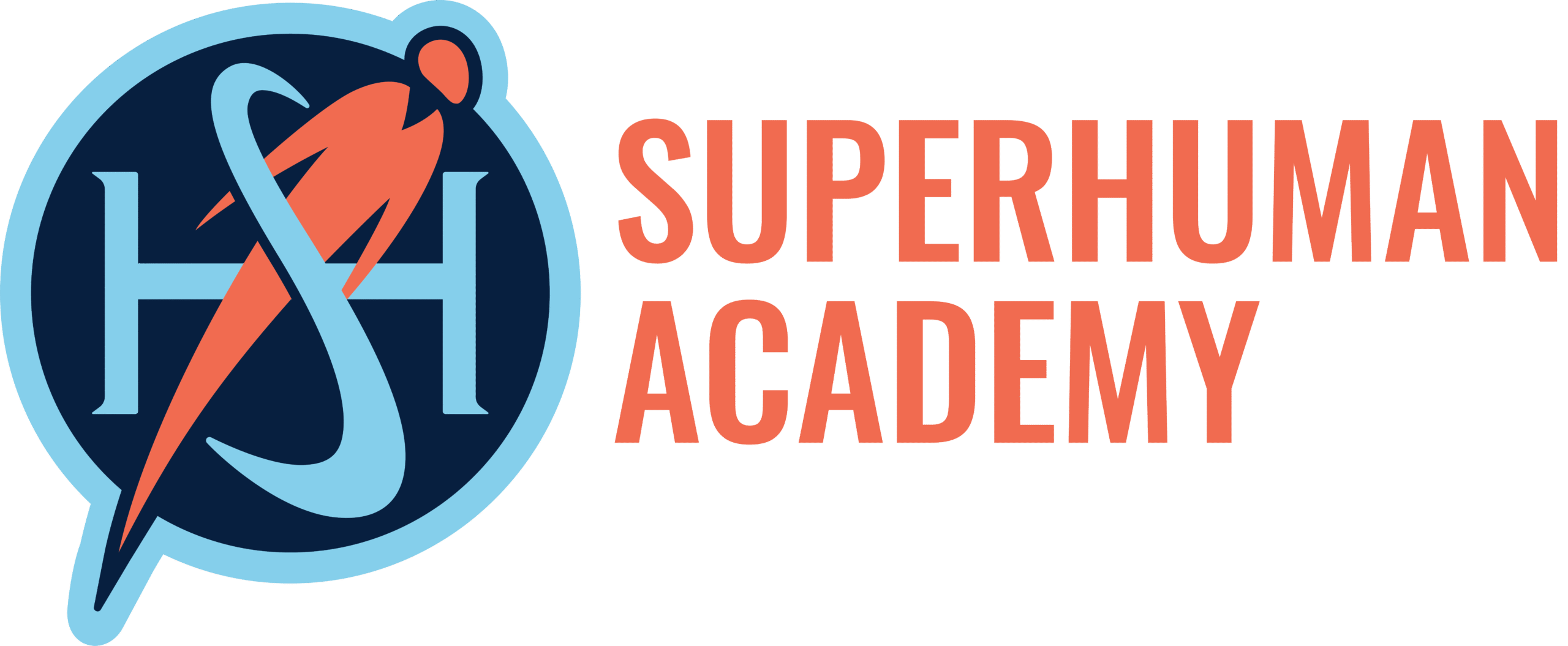
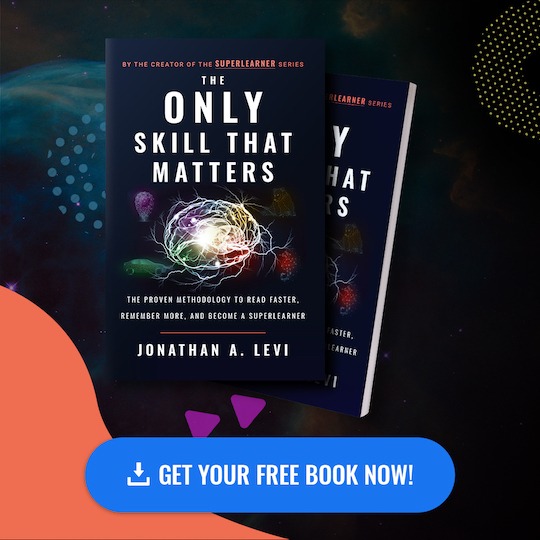




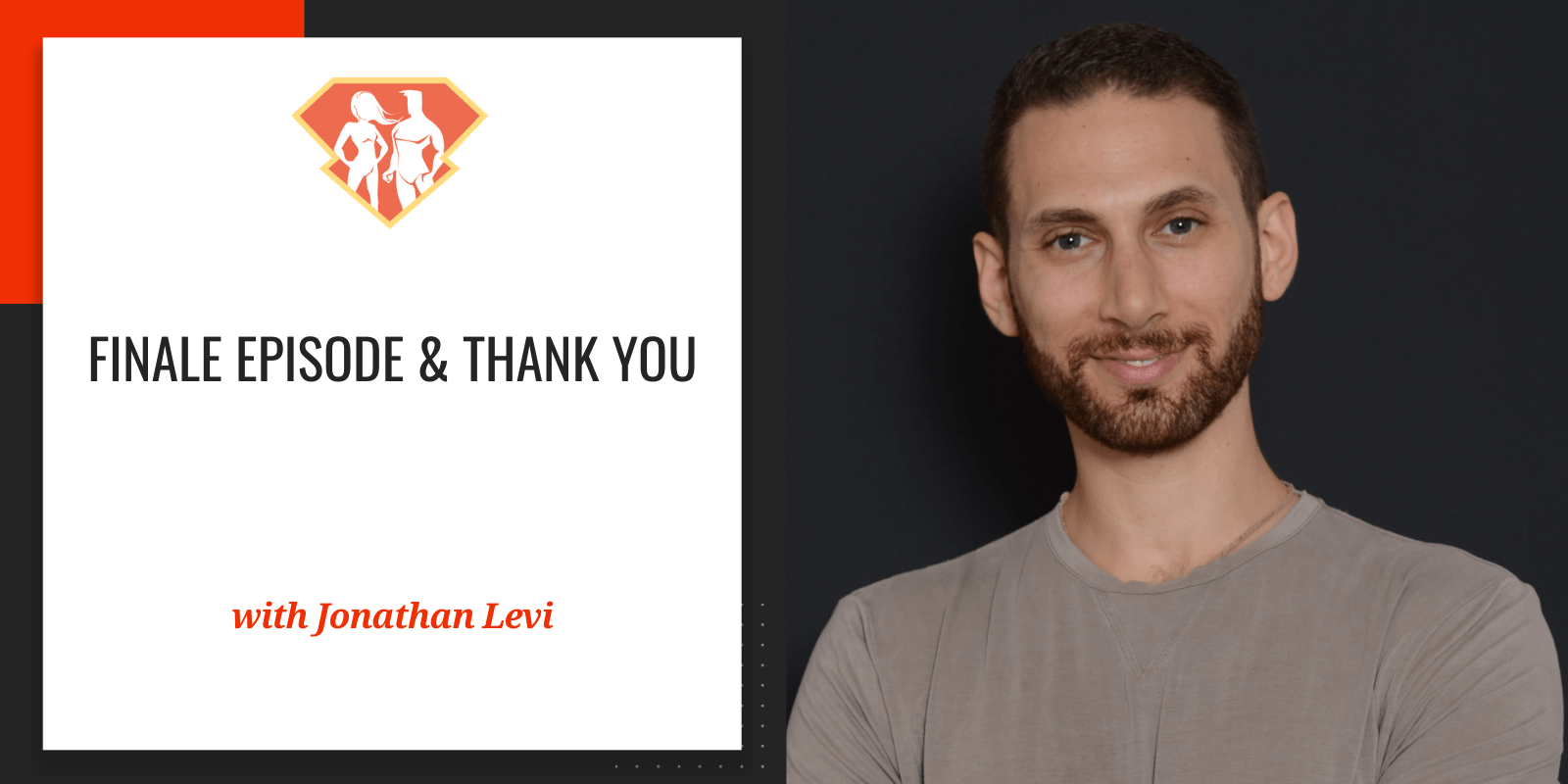
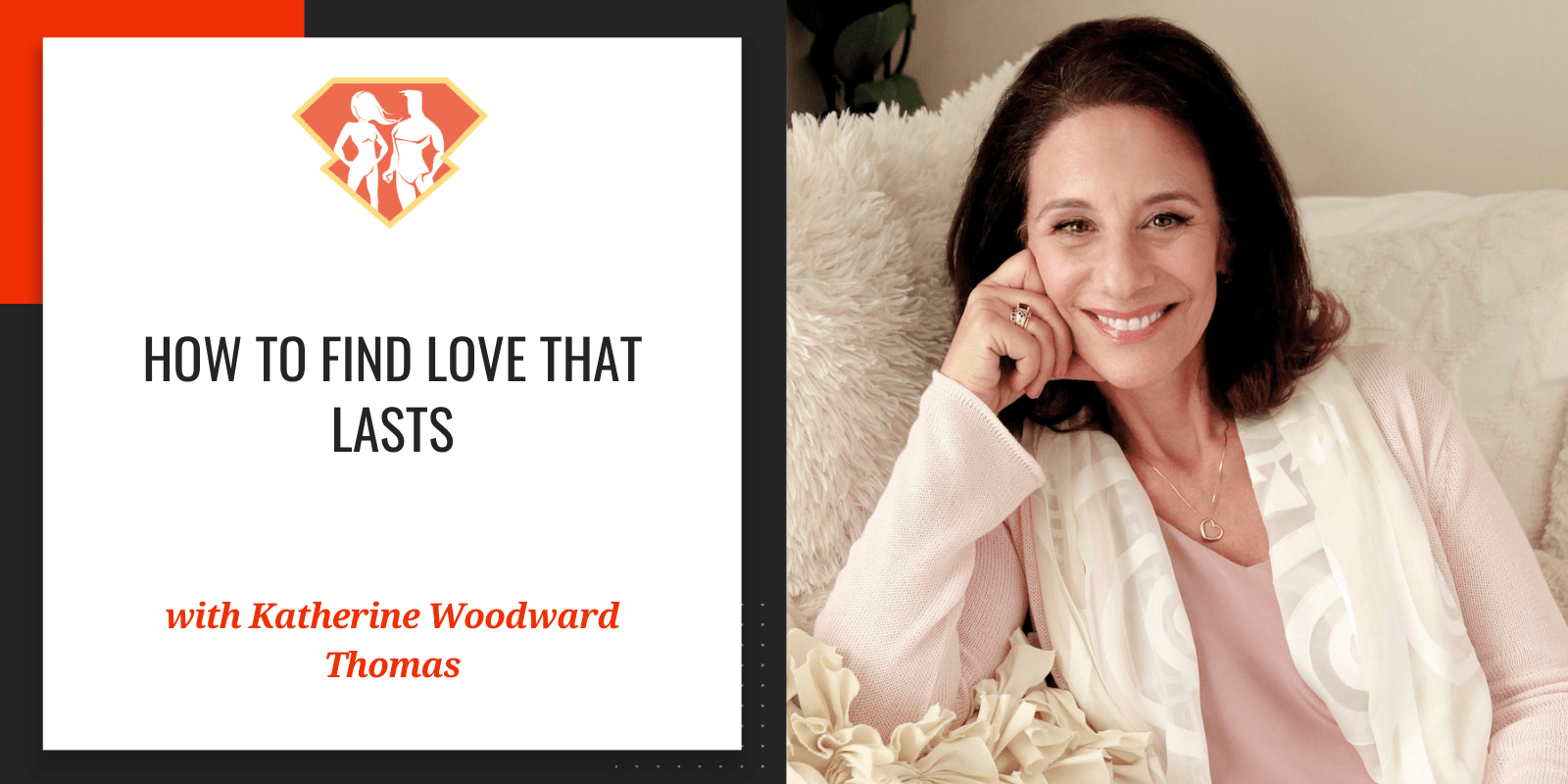


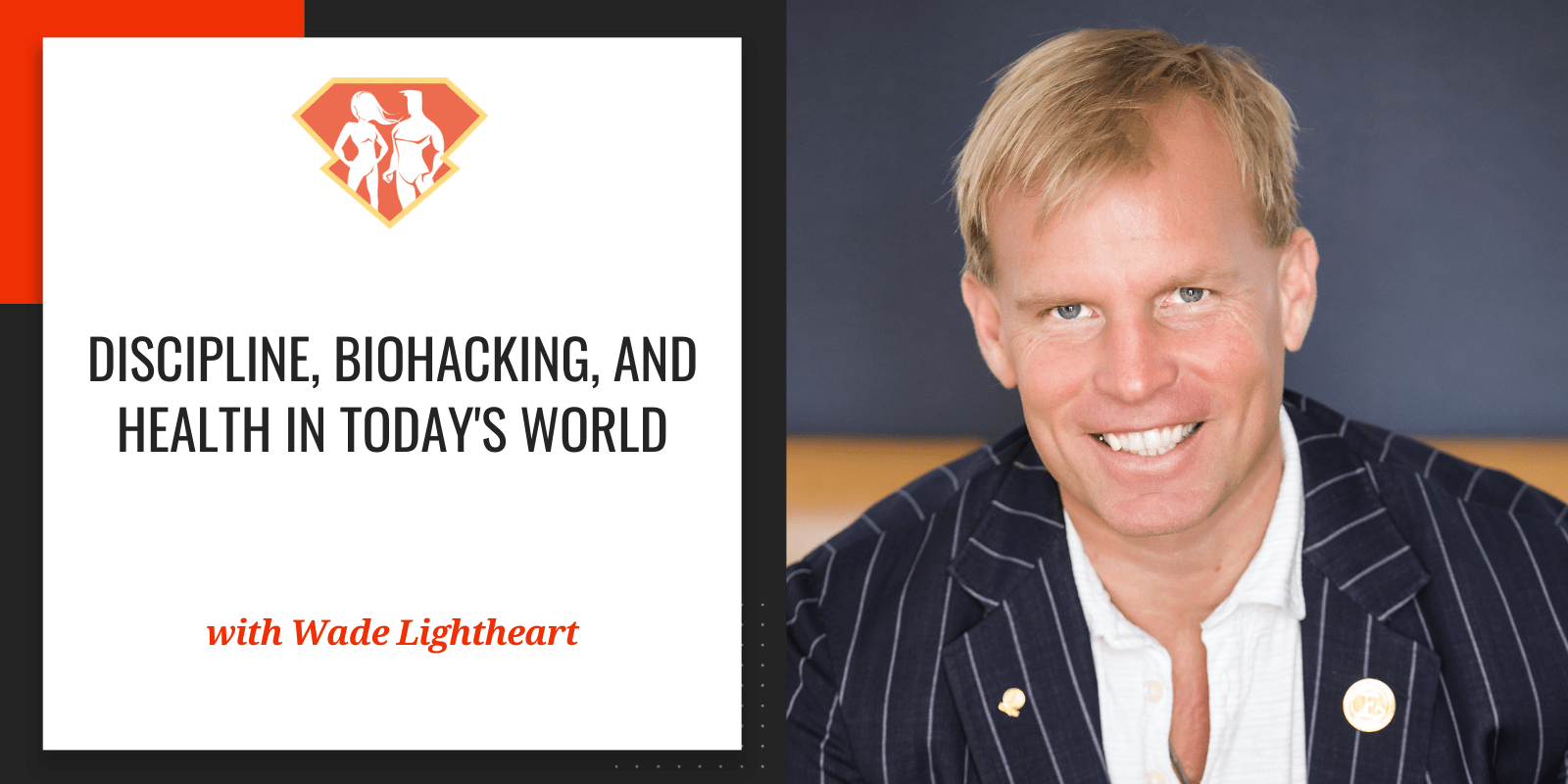
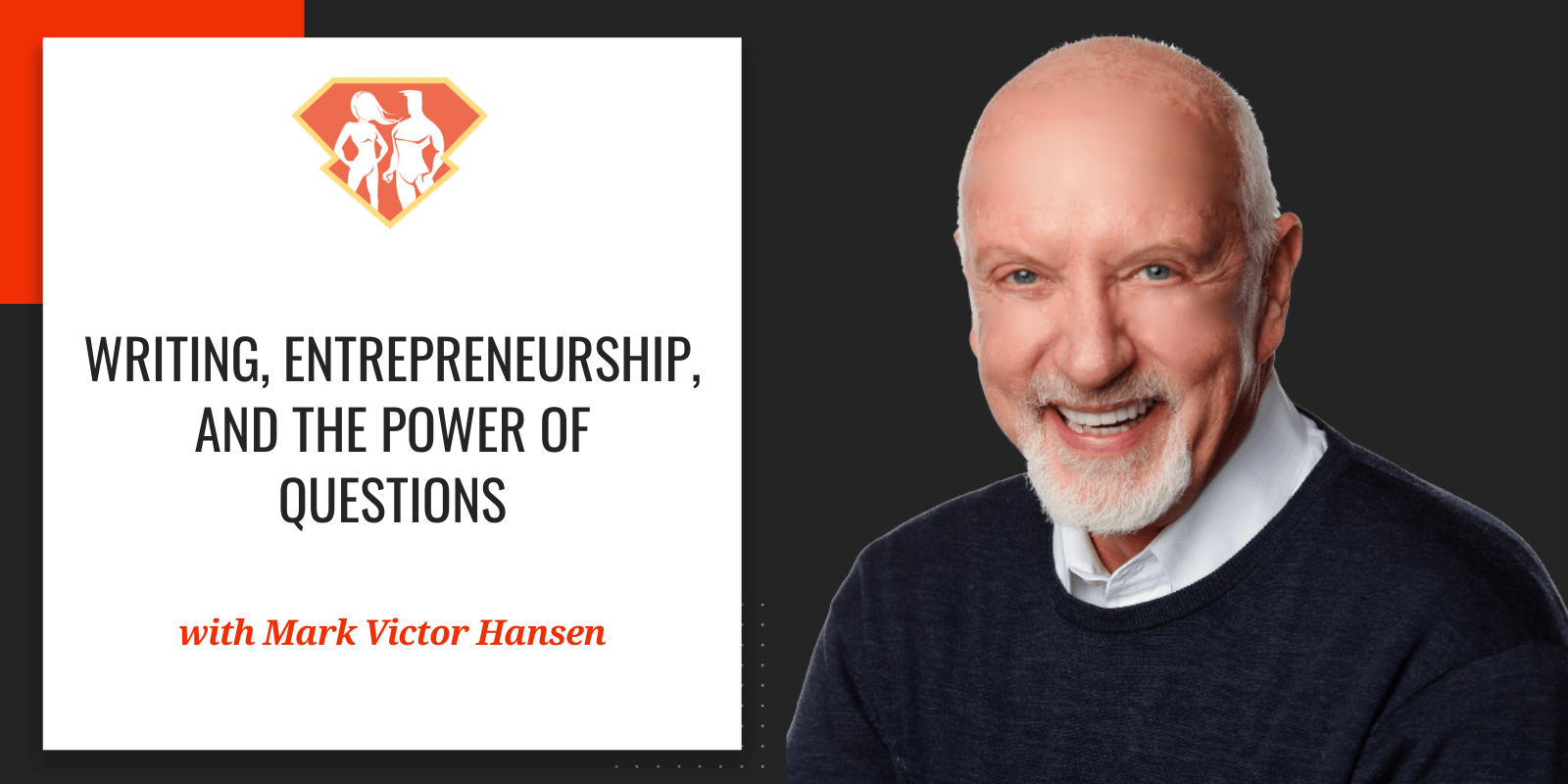
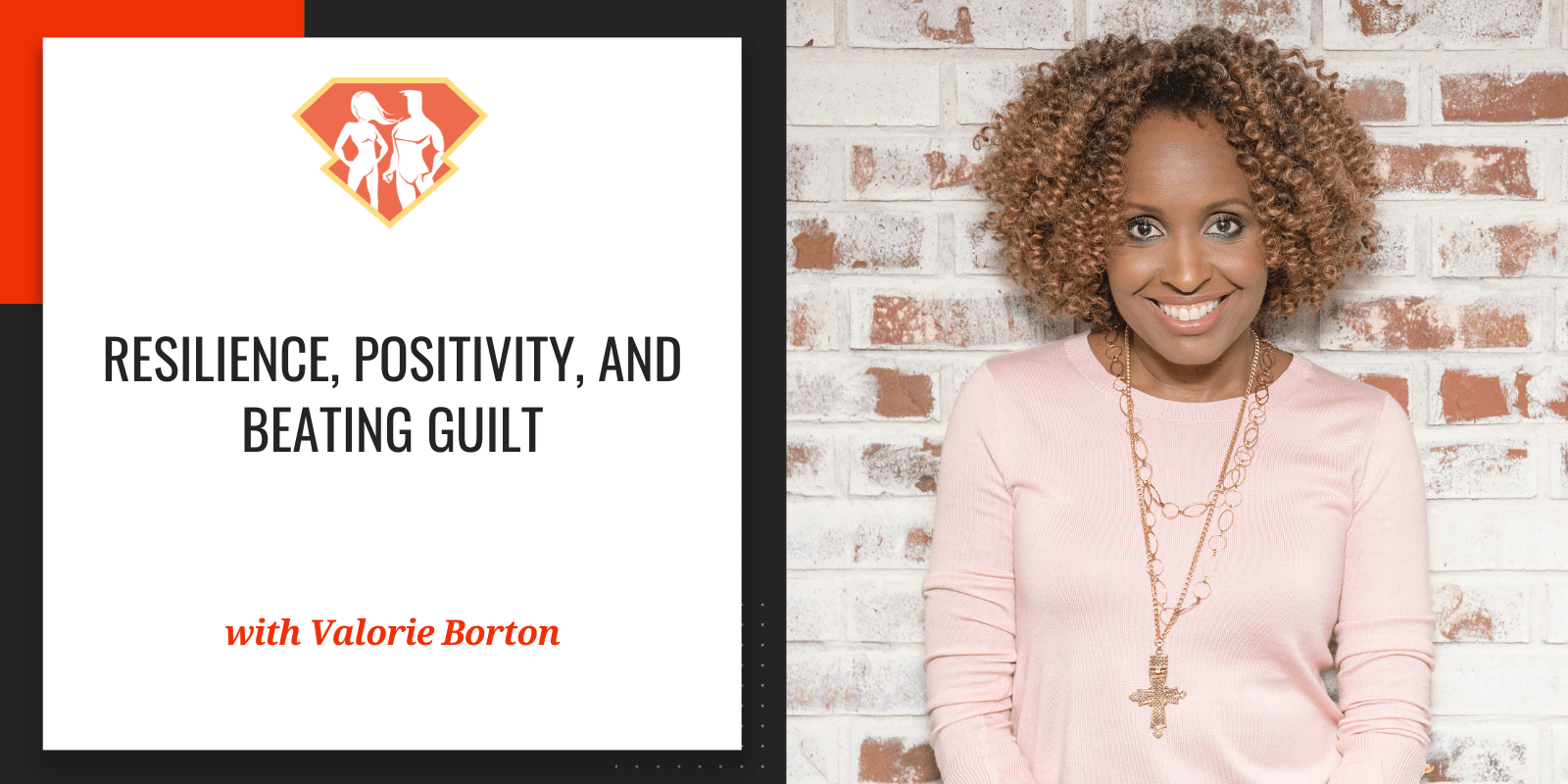
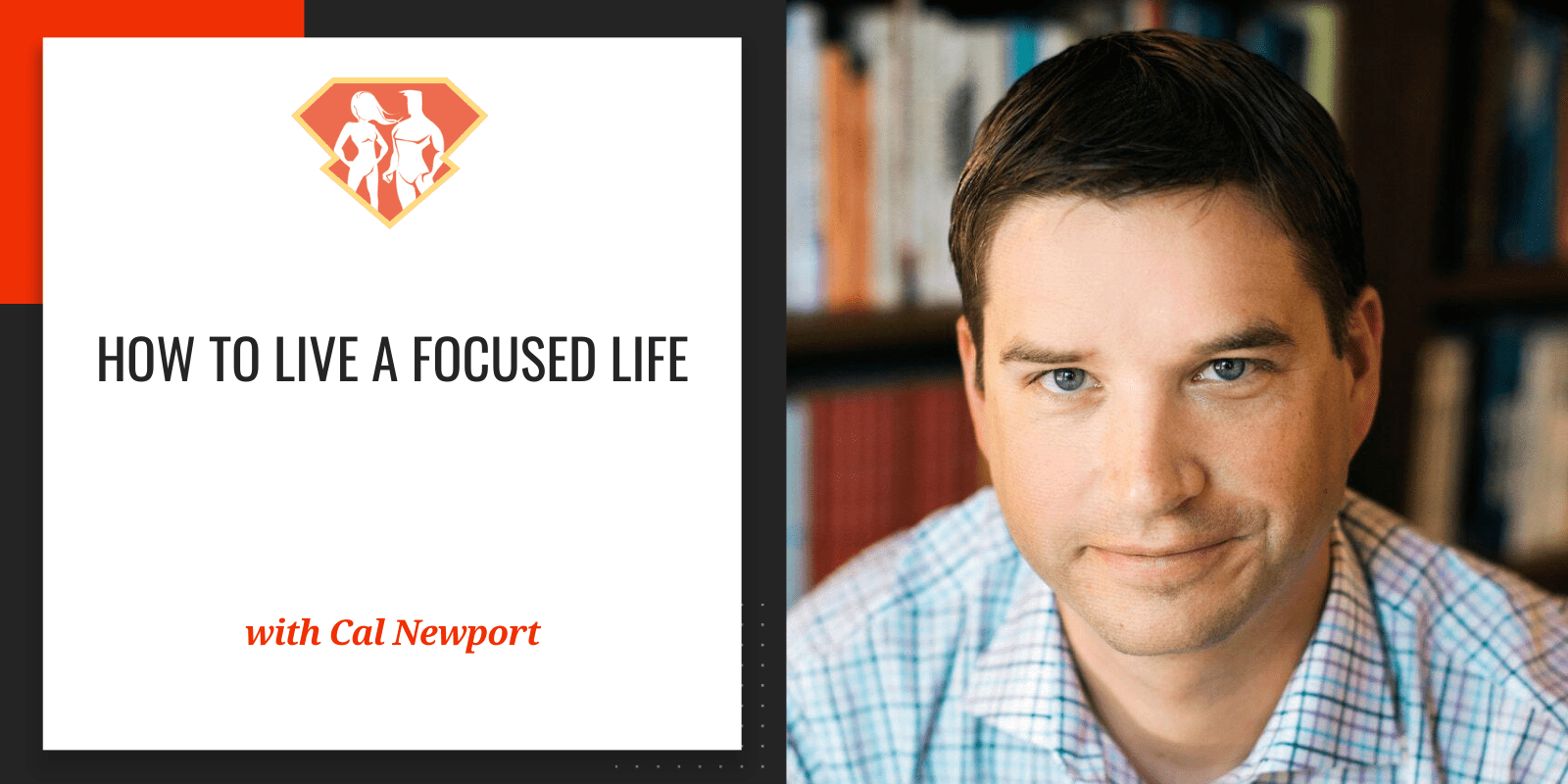
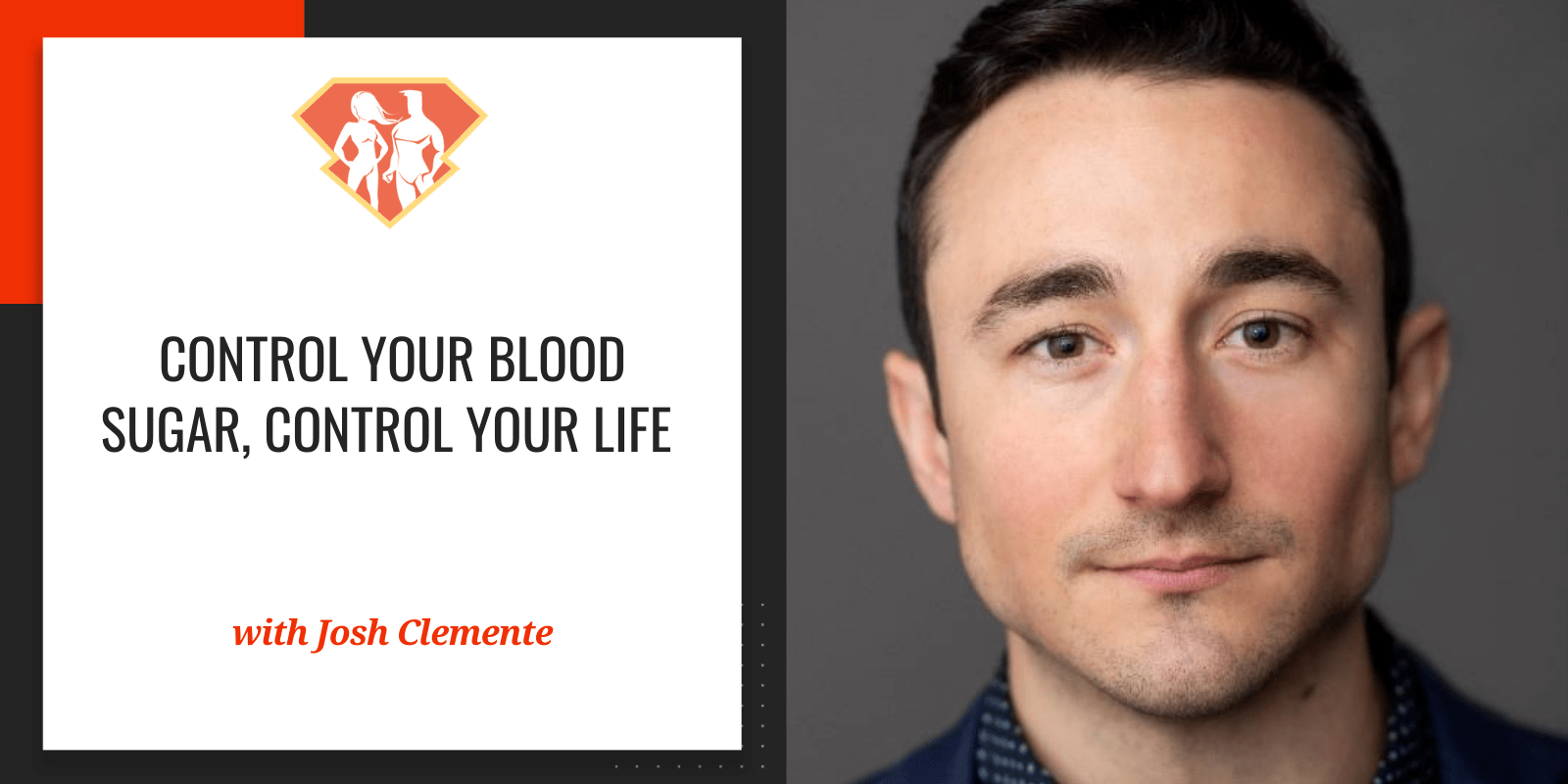
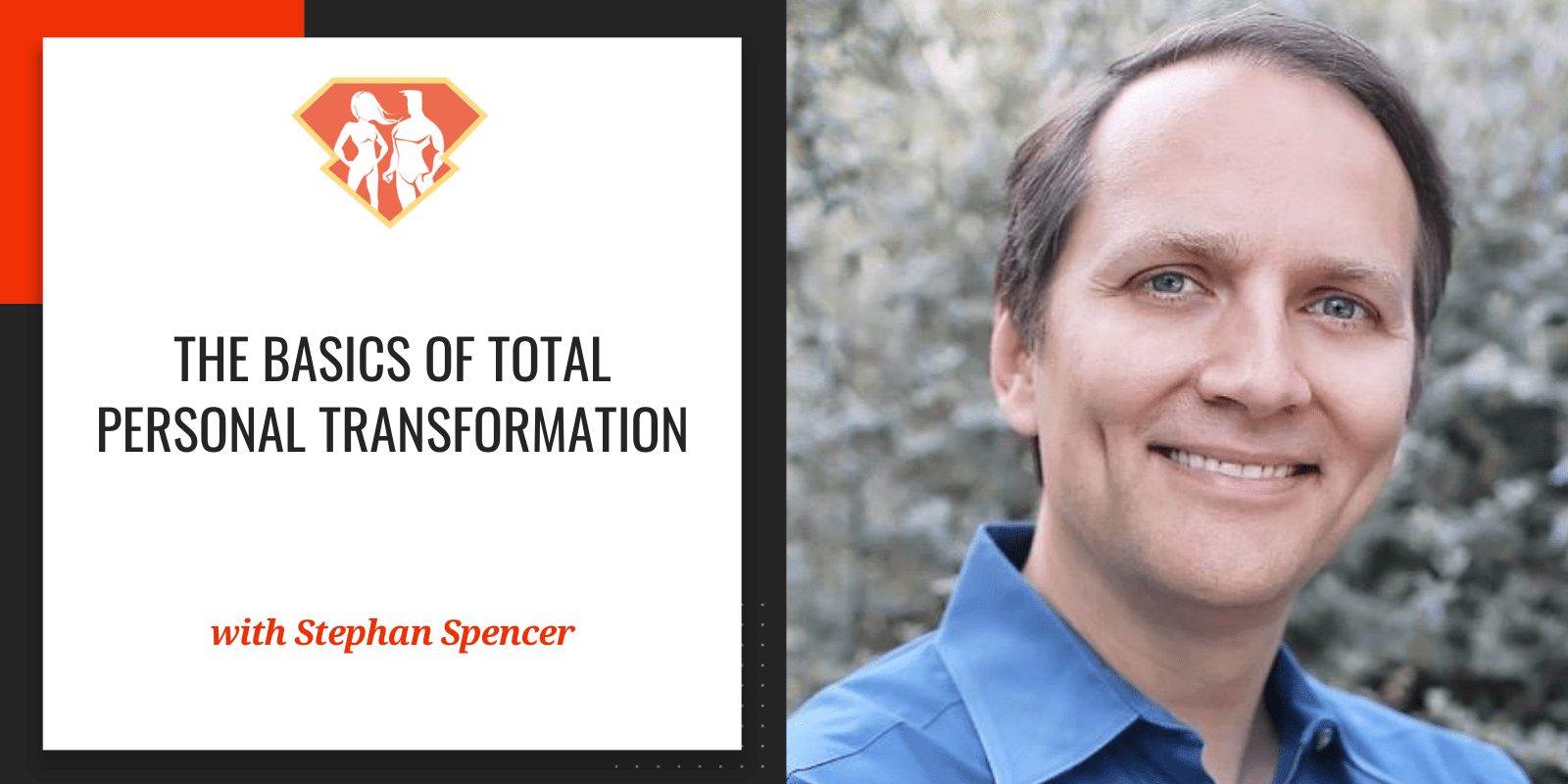
4 Comments
Thanks, I learned a lot of interesting things in past episodes.
loved th heart and the depth of the conversation. The way that Dr. Metivier shared from his enormous experience and insights was just amazing. Thank you Jonathan for doing this podcast!! 🙂
Great interview with Dr. Greg Wells! He mentioned a doctor from Colorado around the 42:30 point of the podcast, discussing turmeric and black pepper. I couldn’t make out the doctor’s name. Can you provide me with his full name and maybe his website or contact info. Interested in his products.
Thanks,
Rob
I am new here, and learning really fast.
Thank you.